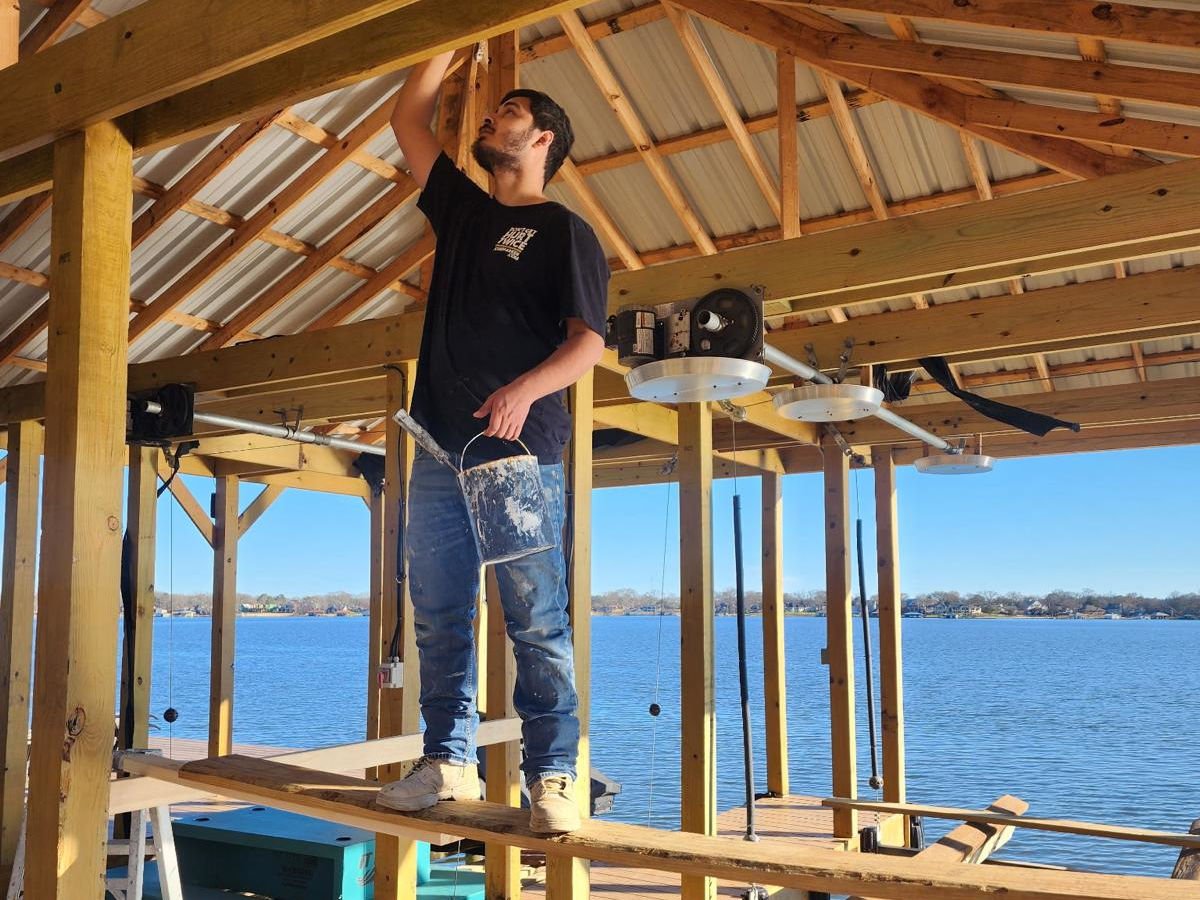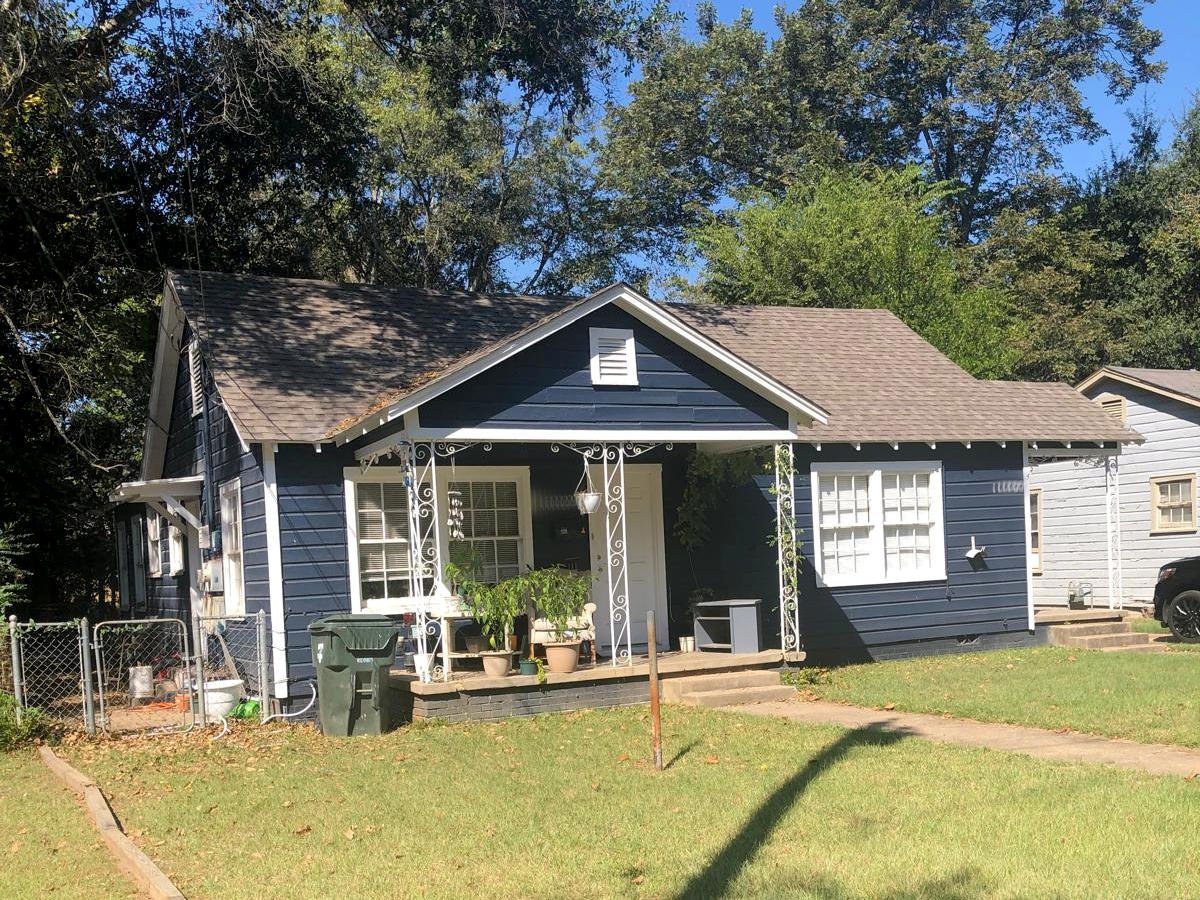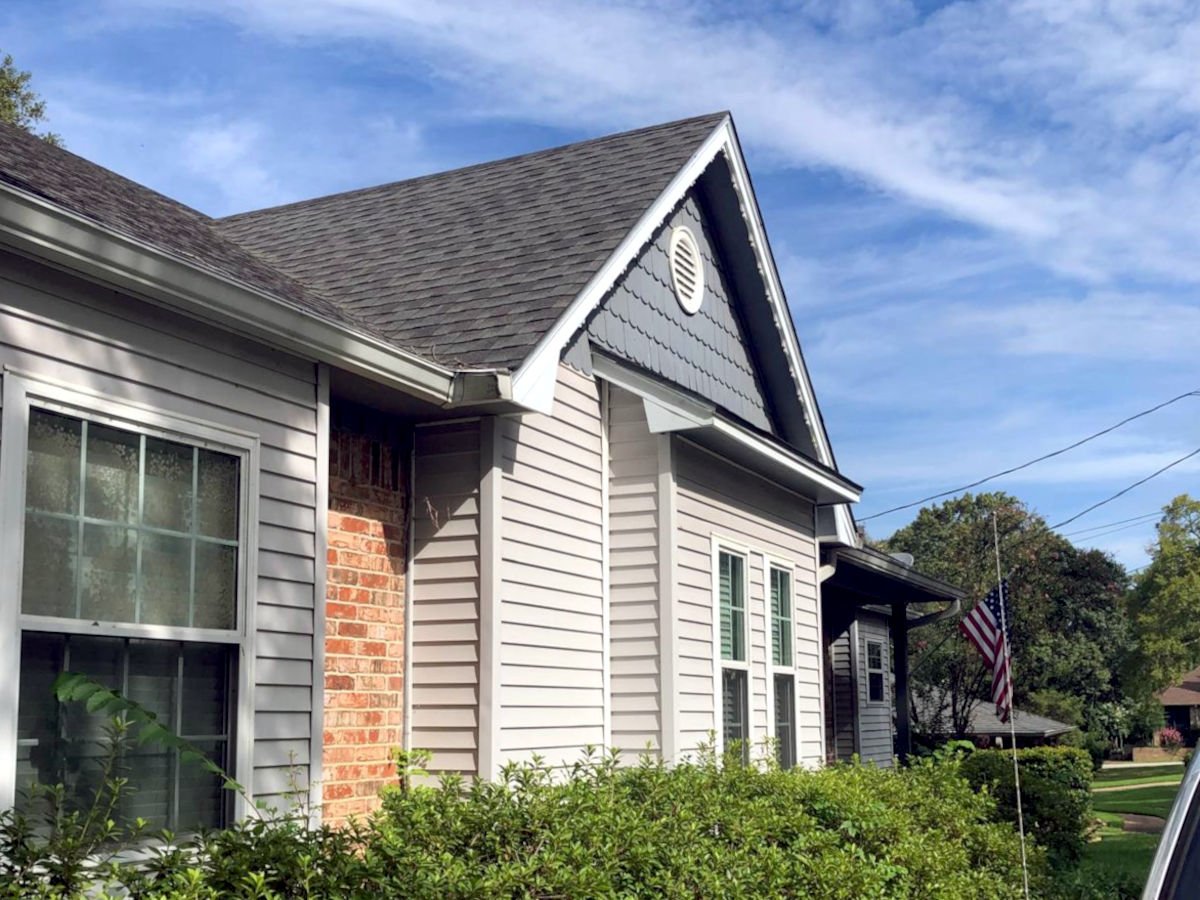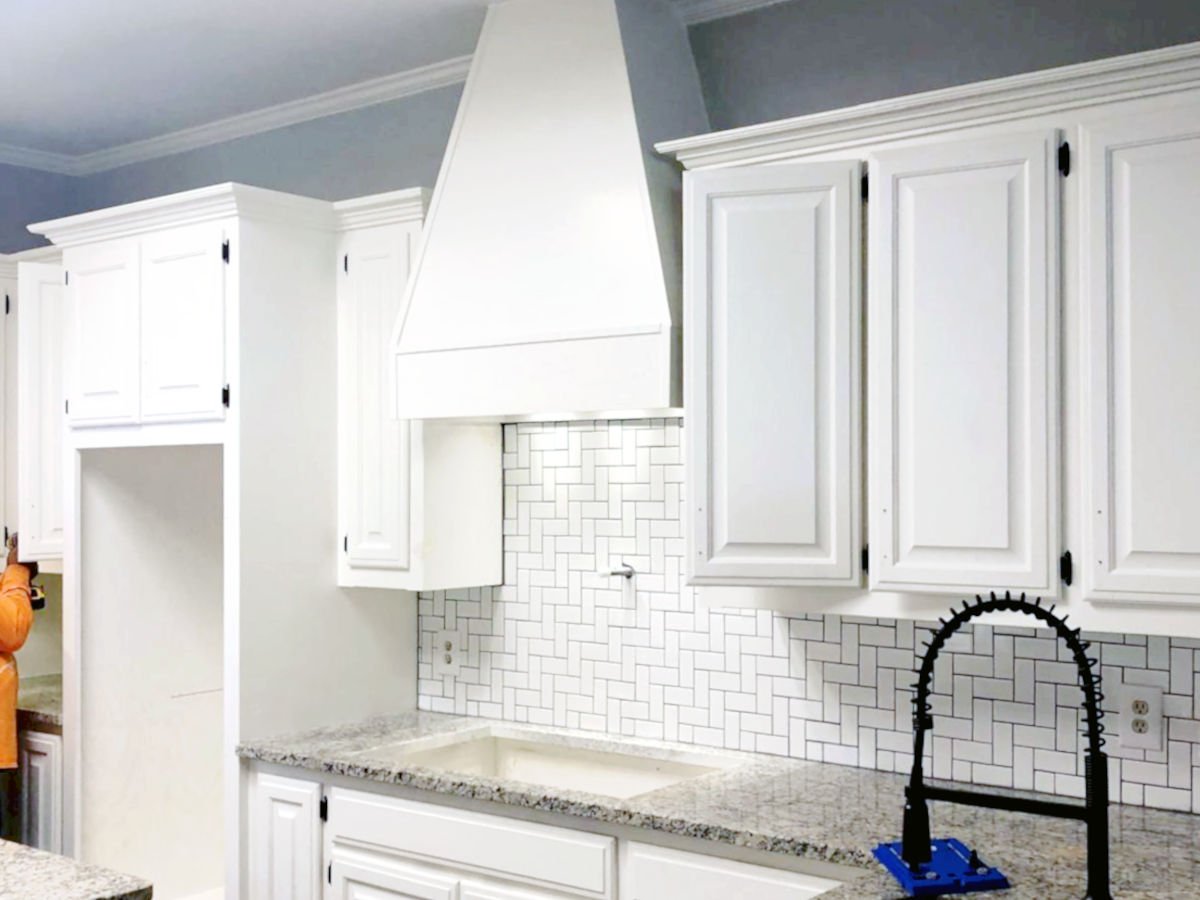Don’t let the Texas weather ruin your painting project. Here’s what every homeowner needs to know before picking up a brush—or hiring a pro.
Can a sunny day in Tyler really delay your painting job?
Absolutely. When it comes to residential and commercial painting, weather is more than just background noise—it’s a determining factor for quality, durability, and timeline. From surprise humidity spikes to blazing UV rays and sudden East Texas thunderstorms, the climate in Tyler, TX can make or break your project.
Whether you’re repainting your home’s exterior or refreshing the interior walls after a humid summer, understanding how weather affects painting conditions is critical. In this guide, we break down exactly how temperature, moisture, wind, and sunlight interact with your paint—and how to plan like a pro to avoid costly mistakes.
🌡️ 1. Temperature Extremes: When It’s Too Hot or Too Cold
Paint has an ideal application range—typically between 50°F and 85°F. In Tyler, TX, summer highs can easily hit 95°F or more, especially in July and August.
🔥 What Happens When It’s Too Hot?
- Paint dries too quickly on the surface
- Uneven drying can cause lap marks and peeling
- Latex paint may blister or crack
💡 Pro Tip: Avoid painting in direct sunlight. Instead, follow the shade around your house or paint early in the morning.
❄️ What If It’s Too Cold?
- Paint thickens and doesn’t spread well
- Longer drying time increases dust pickup and sagging
- May prevent proper adhesion to surfaces
🏡 Solution: Choose paints labeled “Low Temp” or designed for cold weather if working during cooler months (rare but possible in East Texas winters).
💧 2. Humidity: The Silent Paint Killer in Tyler
East Texas is known for its high humidity, especially from May to October.
🚫 Risks of Painting in High Humidity:
- Slower drying and curing
- Moisture trapped under paint can lead to bubbling and mildew
- Paint may drip or streak more easily
🌡️ Ideal Humidity for Painting:
Stay between 40–70% relative humidity. Anything above 85% is too risky—even if the skies are clear.
🛠️ How to Plan:
- Use a hygrometer or weather app to track humidity
- Opt for mildew-resistant paint formulations
- Allow extra drying time between coats
🌧️ 3. Rain and Moisture: Timing is Everything
Even a small amount of rain before or after painting can ruin hours of work.
💥 Effects of Rain:
- Water washes away uncured paint
- Promotes surface contamination (dirt, dust, pollen)
- Can trap moisture under paint, causing bubbling and flaking
📅 Best Practice:
Avoid painting 24 hours before or after rain—longer if humidity remains high.
🏠 For exterior work, always check Tyler’s 5-day forecast and build weather buffers into your schedule.
💨 4. Wind: More Than Just a Nuisance
Wind in Tyler—especially during seasonal storms—can be deceptively disruptive.
Problems Wind Can Cause:
- Blows dust, pollen, and debris onto wet paint
- Increases overspray with sprayers
- May warp drop cloths or ladders, creating safety hazards
🔒 Solution: Use wind breaks or reschedule work during calmer morning hours. Avoid painting during gusts over 15 mph.
☀️ 5. Sunlight and UV Exposure: Fading Isn’t Just Cosmetic
The UV index in Texas is consistently high, especially during spring and summer.
Long-Term Effects of UV on Paint:
- Faster color fading—especially reds, yellows, and blues
- Weakening of paint film over time
- Gloss finishes may dull prematurely
🔎 What You Can Do:
- Use UV-resistant exterior paints
- Select lighter colors that reflect sunlight
- Repaint frequently exposed areas (south-facing walls) more often

📅 The Best Seasons to Paint in Tyler, TX
| Season | Pros | Cons |
|---|---|---|
| Spring (Mar–May) | Mild temps, lower humidity | Pollen can affect surface prep |
| Summer (Jun–Aug) | Fast drying | Heat and humidity risks |
| Fall (Sep–Nov) | Stable weather, optimal temps | Shorter daylight hours |
| Winter (Dec–Feb) | Fewer interruptions | Risk of cold snaps or moisture |
🎯 Best Months for Painting:
Late March – early May and late September – early November offer the most painter-friendly weather.
🧠 Planning Tips for Homeowners in East Texas
- ✅ Schedule at least 2–3 weeks in advance (especially during peak seasons)
- ✅ Request flexible dates in case of weather delays
- ✅ Ask your contractor if they use weather-monitoring apps or tools
- ✅ Get a written contingency plan for weather-related delays
🛑 Beware of painters who rush projects despite poor conditions. It’s a red flag for cut corners.
🎯 Final Thoughts: Paint With the Weather, Not Against It
In Tyler, TX, a beautiful sunny day can hide humidity, UV risks, or a 30% chance of rain. A smart homeowner—or painting contractor—knows that successful paint jobs are built around weather patterns, not just on them.
Choosing the right week (not just the right color) is your best defense against bubbling, peeling, and premature fading. Whether you’re going DIY or hiring a crew, let weather be your partner—not your project’s biggest mistake.
🔁 Related Articles to Cover Next
To expand topical authority and SEO coverage, consider writing these articles next:
- “The Ideal Painting Calendar: When to Paint Your House in East Texas”
Month-by-month breakdown for weather-conscious painting decisions. - “Best Exterior Paints for High-Humidity Climates”
Reviews and recommendations for long-lasting results in East Texas. - “How to Fix Common Weather-Related Paint Failures (Bubbling, Peeling, and Fading)”
A guide to diagnosing and fixing issues caused by bad timing. - “Can You Paint During Texas Rainy Season? Myths vs. Facts”
Debunking common misconceptions about when it’s “safe” to paint. - “How to Store Paint in Extreme Texas Weather Conditions”
Protect leftover paint from heat and humidity damage.








Pingback: The Ultimate Checklist for Hiring a Painting Contractor
Pingback: DIY Exterior Painting: Pros, Cons, and Common Mistakes